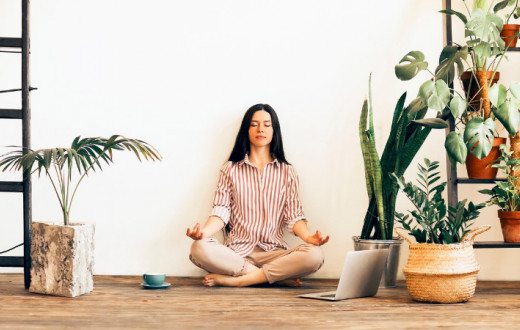
Topics covered:
- Why use incense for meditation
- Frequently used types of incense for meditation
- Best practices for using incense for meditation
- Discover your next meditation practice with The Art of Living
Did you know that incense has been around for thousands of years? Since ancient times, people have used this substance for a number of purposes, whether as a part of spiritual practices or simply to create a fresh environment.
Nowadays, many people burn incense sticks during their meditation practice. It is important to note that incense is not a necessary component for a successful meditation practice. If you possess proper practice know-how, you can meditate anywhere, without the need for anything. However, some people like the ambiance that incense creates so they choose to use it during meditation.
If you would like to use incense during your meditation sessions, keep reading! This article will share some reasons you may find it beneficial and help you navigate the countless scents. We’ll also share a few guidelines that will help you use incense burners safely.
Why use incense for meditation
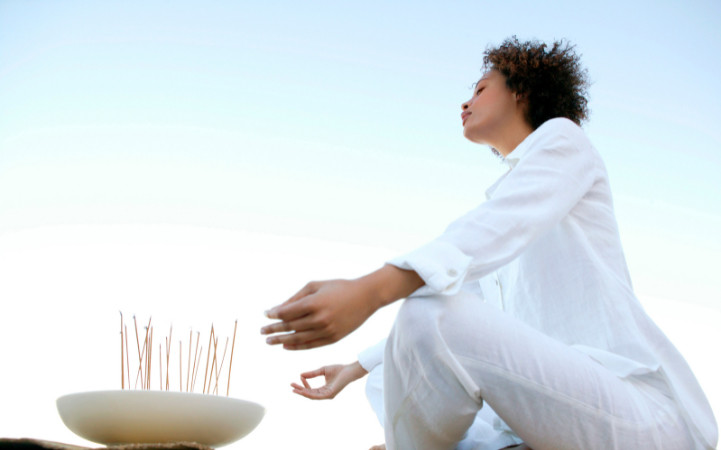
Since incense isn’t necessary for meditation, you’re probably wondering why you should use it! The truth is that incense is completely optional, and you don’t have to use it if you don’t want to.
Still, many people like to have a meditation ritual that gets them in the right mindset before they begin their session. Some find that incense also helps them create an environment conducive to meditation. The reason likely has to do with what occurs in our brains when we inhale a pleasant odor.
Olfactory, the sense of smell, is linked to the limbic system. This complex network in the brain is part of the nervous system and controls basic functions, such as emotions. This may be why smells can trigger emotional effects. When you find a scent especially pleasant, you may find that it calms you and helps you relax.
If you find that a particular scent has this effect on your emotions and helps you relax, using it is a great way to prepare for your meditation practice. Keep in mind that similar calming effects can be achieved using aromatherapy essential oils in a diffuser. It just depends on your preferences!
Frequently used types of incense for meditation
Just as pleasant fragrances can provide stress relief and help you relax, some scents can have the opposite effect. If you find a certain type of incense particularly offensive or foul or just too smoky, it may become a distraction. So you may want to be careful about which types of incense you use and make sure they aren’t too harsh.
Below are some of the most common fragrances of meditation incense. We recommend smelling them before purchasing them to ensure you find them relaxing. And look for ones with few, if any, synthetic ingredients. However, the descriptions we’ve provided can give you a general idea of which to choose.
Lavender
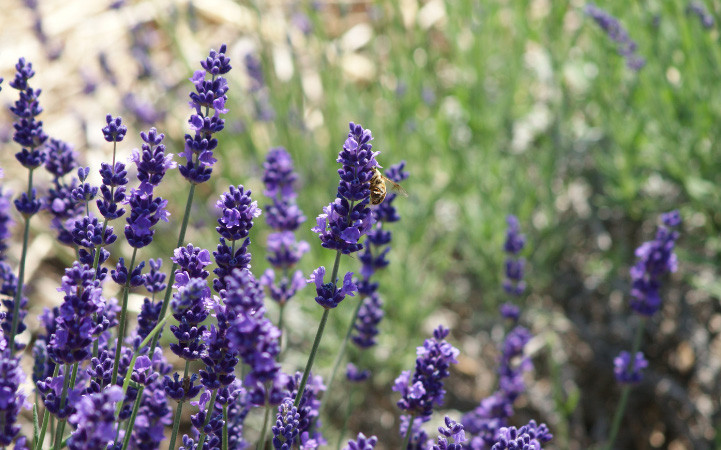
This Mediterranean herb is common in many beauty products, such as perfumes and shampoos due to its delicate, sweet smell. Lavender has a touch of woodsy aroma to it, similar to white sage incense. Being one of the lighter smells, it’s a great choice for those who don’t want anything too powerful or distracting while in a meditative state.
Sandalwood
Although the sandalwood fragrance comes from a tree, it’s not overly woodsy. It has a unique scent that is common in colognes, candles, and soaps. Sandalwood incense can be described as sweet, warm, and smooth.
Rosemary
This herb packs a punch and has a strong but pleasant scent. Some people liken it to frankincense or eucalyptus, but others find that it stands out for its astringent notes.
Jasmine
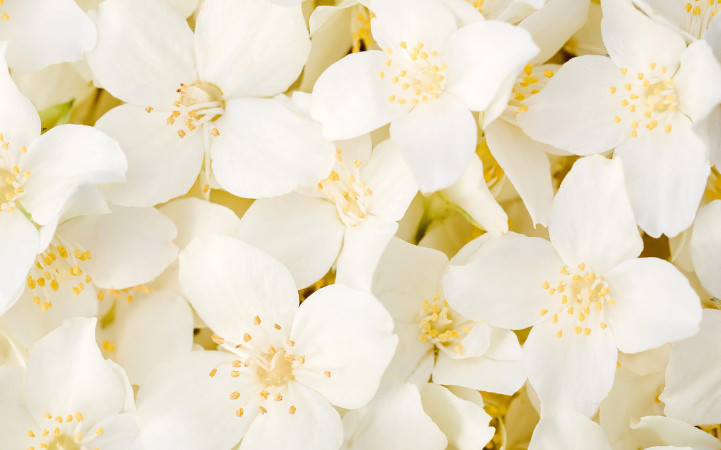
Jasmine is a floral aroma, so you can guess that it’s very sweet. Some people find it too powerful on its own, but if you enjoy rich scents like vanilla or caramel, you may find jasmine to your liking.
Amber
Amber is another warm and exotic fragrance that can be compared to myrrh or frankincense. You may find this incense to be rich or even spicy, which may be preferable if you dislike the scents that are considered more feminine, such as lavender or jasmine.
Best practices for using Incense for meditation
Burning incense is quite popular around the world and is generally considered to be safe. Still, here are some tips that can make using incense all the more pleasant.
Practice in a well-ventilated room
One of the health risks associated with incense burning is smoke inhalation, which harms your lungs and irritates your throat.
You can prevent these side effects by opening a window, but if your area is poorly ventilated or enclosed, taking your meditation outside may be a better idea. If this isn’t possible, it’s best to forego incense altogether. The last thing you want to do while practicing deep breathing is inhaling smoke from your incense.
Avoid inhaling too much smoke
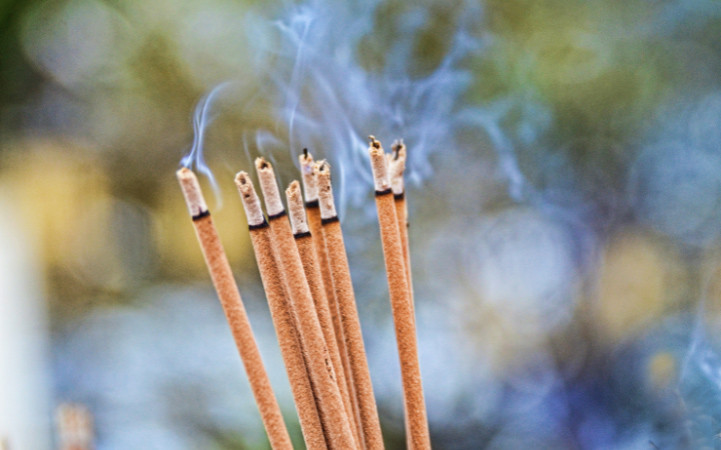
Even if you have proper ventilation, you’ll still want to place the incense stick a little ways away from you. Make sure it’s not directly under your face so you don’t end up breathing in a lot of smoke during your meditation session.
Keep in mind that the trails of smoke may still hit your face if the wind is blowing in your direction, so account for that when setting up your meditation environment. You may also use incense cones instead of sticks since it’s easier to control the path of the smoke.
Less Is more
Incense is fine in moderation, but don’t overdo it! Limiting yourself to just one or two incense sticks per day can help reduce any negative side effects or prevent them completely.
If you want to err on the side of caution, be sure to purchase natural incense instead of the kind made with synthetic ingredients. The best incense sticks are typically hand-rolled with high-quality natural ingredients. Although you still have to be careful about smoke inhalation, quality incense is less likely to cause harmful effects.
Discover your next meditation practice with The Art of Living

Burning incense during your meditation isn’t necessary, but it can help enhance your sessions and make them more enjoyable! Use the tips in this article to help you choose relaxing scents and use them safely. However, an enjoyable, transformative practice really relies on a good technique.
If you’d like more tips that can elevate the quality of your practice, be sure to check out our blog. It features articles that answer common meditation questions and share advice that you can apply to boost your wellness.
If you don’t have a meditation practice yet, don’t worry! The Art of Living specializes in courses that can help you find one that suits your style. Whether you’re interested in breath-based techniques, yoga, or guided meditations, we have just what you’re looking for.
Check out our different courses, and if you have trouble deciding which one is best for you, contact us for more information! We would be happy to help you get started with your next meditation practice.










